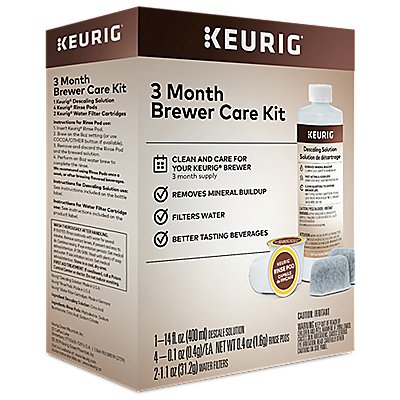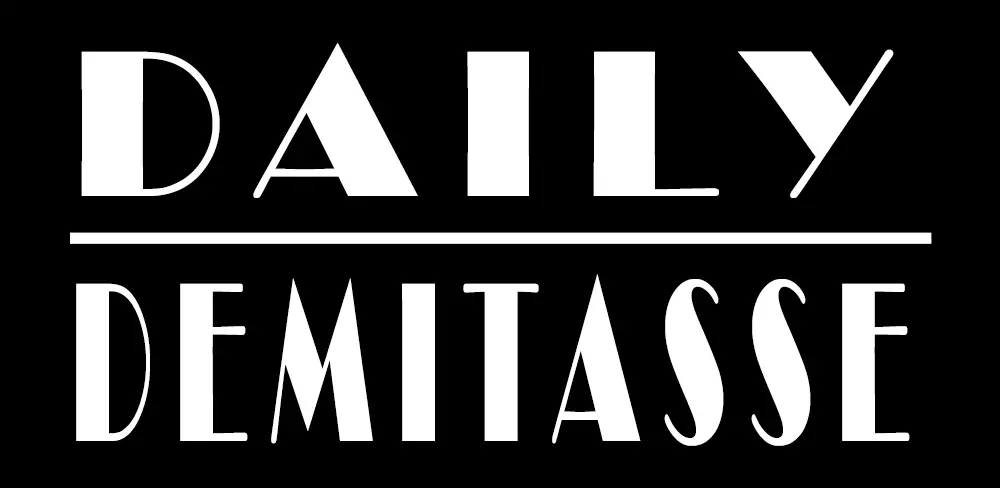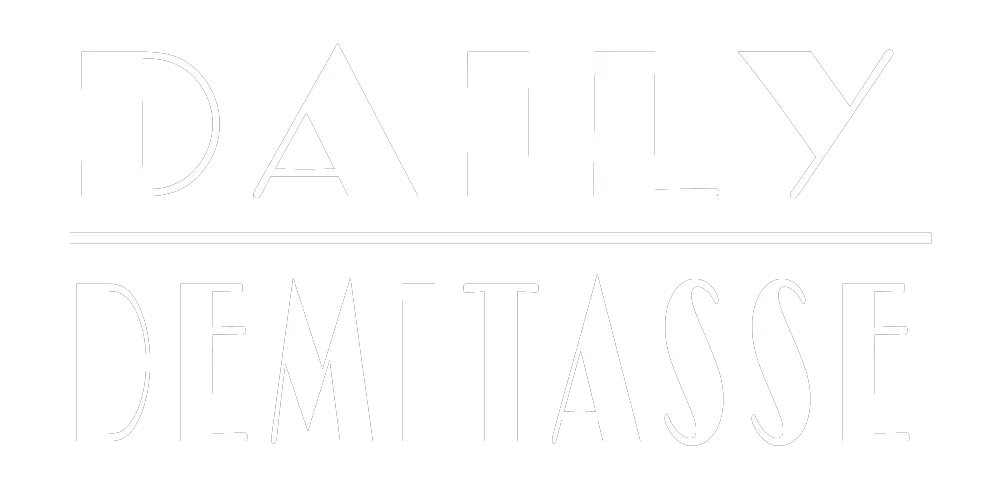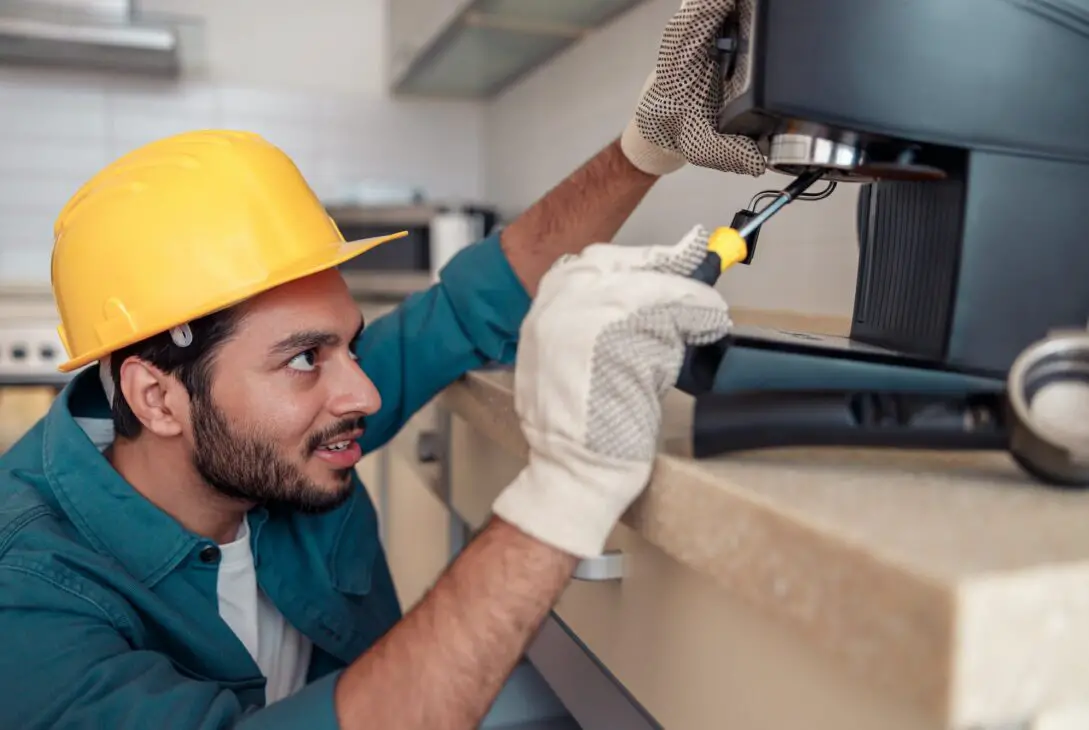Ah, the Keurig machine! The savior of the morning rush and the trusted companion of caffeine addicts everywhere. It has simplified the brewing process, making it easy to enjoy a cup of java within minutes. But, much like any other coffee-brewing gadget, Keurig machines require a little love and attention to stay in top shape. In this article, we’ll take you through the essential maintenance and troubleshooting steps to keep your Keurig machine performing at its best.
Table of Contents
Regular Keurig Maintenance

a. Descaling
Descaling is the process of removing mineral buildup inside your Keurig, which can clog the machine and affect the taste of your coffee. Depending on how hard the water is in your area, you should descale your Keurig every 3 to 6 months. Keurig offers a descaling solution, or you can opt for a natural alternative like white vinegar.
- Empty the water reservoir and remove the water filter (if you have one).
- Fill the reservoir with descaling solution and water, or equal parts white vinegar and water.
- Power on the Keurig and run a brewing cycle without a K-Cup.
- Repeat the process until the reservoir is empty.
- Rinse the reservoir thoroughly and fill it with fresh water.
- Run a few brewing cycles with water only to flush out any remaining solution.

b. Cleaning the drip tray
The drip tray, where your mug sits during brewing, is a notorious collector of coffee residue and spills. Regularly cleaning the drip tray helps maintain your Keurig’s cleanliness and prevents odors.
- Remove the drip tray from the Keurig machine.
- Empty any liquid and wipe down the tray with a soft, damp cloth.
- Wash the tray with warm, soapy water or place it in the top rack of your dishwasher.
- Dry the drip tray and return it to the Keurig machine.
c. Changing the water filter
A good-quality water filter not only improves the taste of your coffee but also helps prolong the life of your Keurig machine. Keurig recommends changing the water filter every 2 months or 60 tank refills.
- Soak a new water filter in fresh water for 5 minutes.
- Rinse the filter under running water for 60 seconds.
- Insert the filter into the filter holder and snap it into place.
- Place the filter holder back into the water reservoir.
Troubleshooting Common Keurig Problems
a. Brewing too little coffee
If your Keurig is brewing less coffee than expected, it might be due to a clogged needle or a dirty exit needle. To resolve this:
- Unplug the Keurig and remove the K-Cup holder.
- Use a paperclip or a Keurig maintenance tool to gently remove any debris from the entrance and exit needles.
- Rinse the K-Cup holder under warm water and return it to the machine.
b. Brewing too slowly
If your Keurig takes longer than usual to brew, there might be a clog in the water lines. In this case, descaling your machine as mentioned in Section 2a should resolve the issue. If the problem persists, contact Keurig’s customer support for further assistance.
c. Coffee tasting off
If your coffee tastes off, it could be due to a variety of reasons:
- The water filter might need replacement. Follow the steps in Section 2c to replace the filter.
- The machine might need descaling. Follow the descaling process in Section 2a.
- Check the freshness of your coffee. Using fresh coffee beans or K-Cups ensures a better taste. Remember that coffee beans are best consumed within two weeks of roasting, as mentioned in this comprehensive guide to types of coffee beans.
- Consider using filtered or bottled water instead of tap water to improve the taste.
FAQ Section
Can I use vinegar to descale my Keurig?
Yes, you can use white vinegar as a natural alternative to Keurig’s descaling solution. Simply mix equal parts white vinegar and water and follow the descaling process outlined above.
How often should I clean my Keurig machine?
It’s a good idea to clean your Keurig machine regularly, particularly the drip tray and K-Cup holder. Descaling should be performed every 3 to 6 months, depending on the hardness of your water. The water filter should be replaced every 2 months or 60 tank refills.
My Keurig machine isn’t turning on. What should I do?
A: First, make sure the machine is plugged in and the power outlet is functioning properly. If the issue persists, contact Keurig’s customer support for further assistance.
How can I improve the taste of my Keurig coffee?
A: To enhance your coffee’s taste, try using fresh coffee beans or K-Cups, filtered or bottled water, and ensure your Keurig machine is clean and well-maintained. Experiment with different coffee blends and flavors to find your perfect cup.
Keurig Maintenance
Maintaining and troubleshooting your Keurig machine might seem like a chore, but it’s an essential part of preserving its performance and delivering a consistently great cup of coffee. With regular descaling, cleaning, and filter replacements, your Keurig will continue to be your reliable coffee companion for years to come. And when you’re ready to explore the fascinating world of coffee even further, be sure to check out the myriad of coffee-related articles on Daily Demitasse. Cheers to a perfectly brewed cup of joe!
Daily Demitasse is a participant in the Amazon Services LLC Associates Program, an affiliate advertising program designed to provide a means for sites to earn advertising fees by advertising and linking to Amazon.com. We also participate in other affiliate programs which compensate us for referring traffic.















